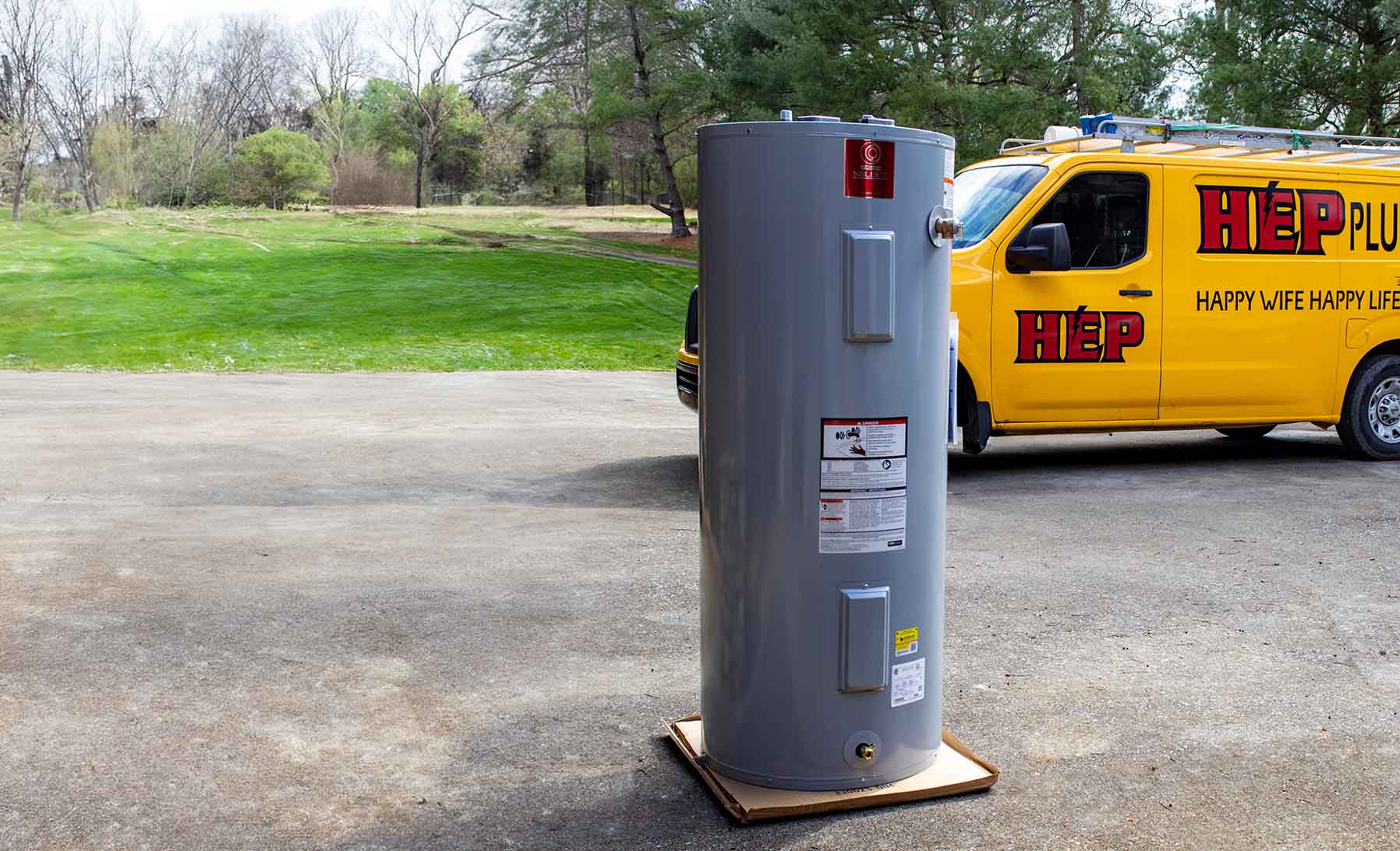- HEP
- Water Heating System

 Water Heating System
Water Heating System
Water Heating System | Tank Water Heater | Plumbing | Kelso
Cold showers have their place—usually at the beach, not in your Kelso bathroom. When your tank water heater sputters or stops altogether, HEP’s licensed plumbers arrive with the parts, expertise, and courtesy that have made us the region’s go-to team for water heating solutions. From diagnosing sediment build-up to replacing faulty thermostats or installing an all-new, high-efficiency unit, we handle every step with transparent pricing and tidy workmanship so you can get back to reliable hot water without the headache.
We’re local, so we know Kelso’s water quality and building codes inside and out. That means faster service, shorter downtimes, and a system fine-tuned to perform year-round. Whether you’re upgrading for energy savings, remodeling a bathroom, or facing an unexpected leak, HEP delivers the honest advice and lasting repairs that keep your utility bills low and your comfort high. Call or book online today, and discover why neighbors keep our number on speed-dial when hot water is on the line.
FAQs
How long can I expect a standard tank water heater to last in Kelso?
With proper installation and regular maintenance, a gas or electric storage‐tank water heater typically lasts 8–12 years in Kelso’s climate. Factors that affect lifespan include the mineral content of our local water supply, how often the heater is flushed to remove sediment, and whether the anode rod is inspected and replaced when needed. Annual tune-ups and flushing can often extend service life toward the upper end of that range.
What tank size should I choose for my household?
Most homes in Kelso use a 40- or 50-gallon tank, but the right size depends on the number of people, simultaneous hot-water activities, and fixture flow rates. A family of 2–3 that does laundry and dishes at different times may find a 40-gallon unit sufficient, while 4–5 people who shower back-to-back or run multiple appliances at once usually need 50–60 gallons. Our technicians can perform a usage analysis—factoring in peak-hour demand and recovery rate—to recommend the ideal capacity and energy-efficiency rating.
What warning signs indicate my tank water heater needs repair or replacement?
Common red flags include lukewarm or fluctuating water temperature, rusty-colored or metallic-tasting water, banging or rumbling noises from heavy sediment buildup, moisture or pooling around the base, and rising energy bills. If your unit is more than 10 years old and shows any of these symptoms, replacement is often more cost-effective than extensive repairs. A licensed plumber can perform a full diagnostic to confirm whether a new tank or a simple component replacement is the best solution.
Do I need a plumbing permit to replace my water heater in Kelso?
Yes. The City of Kelso and Cowlitz County both require a plumbing/mechanical permit for water heater replacement to ensure the new installation meets local building codes, safety clearances, seismic strapping, and proper venting. As a licensed plumbing contractor, we pull the permit, schedule any required inspections, and provide documentation of code compliance so homeowners don’t have to navigate the process themselves.
How can I improve the energy efficiency of my existing tank water heater?
1. Lower the thermostat from the factory setting (usually 140 °F) to 120 °F. Each 10-degree reduction can save 3–5 % on water-heating costs. 2. Insulate the first 3 ft of hot-water pipes and the tank with an approved jacket to reduce standby heat loss. 3. Flush the tank annually to remove sediment that forces the burner or elements to work harder. 4. Test and replace the anode rod every 3–5 years to slow internal corrosion. 5. Install low-flow showerheads and aerators so less heated water is needed per use. 6. Consider a timer or smart control that limits heating cycles during off-peak hours.
What routine maintenance should be performed on a tank water heater, and can I do it myself?
Annual maintenance includes: (a) shutting off power/fuel; (b) draining a few gallons from the bottom to flush sediment; (c) inspecting the anode rod, pressure-relief valve, and combustion air opening; and (d) checking for leaks or corrosion around fittings. Homeowners comfortable with basic plumbing can handle the partial flush, but tasks involving gas line inspection, electrical elements, or anode replacement are best left to a licensed plumber for safety and warranty protection. Our Kelso team offers affordable service plans that cover all manufacturer-recommended upkeep and keep your warranty valid.